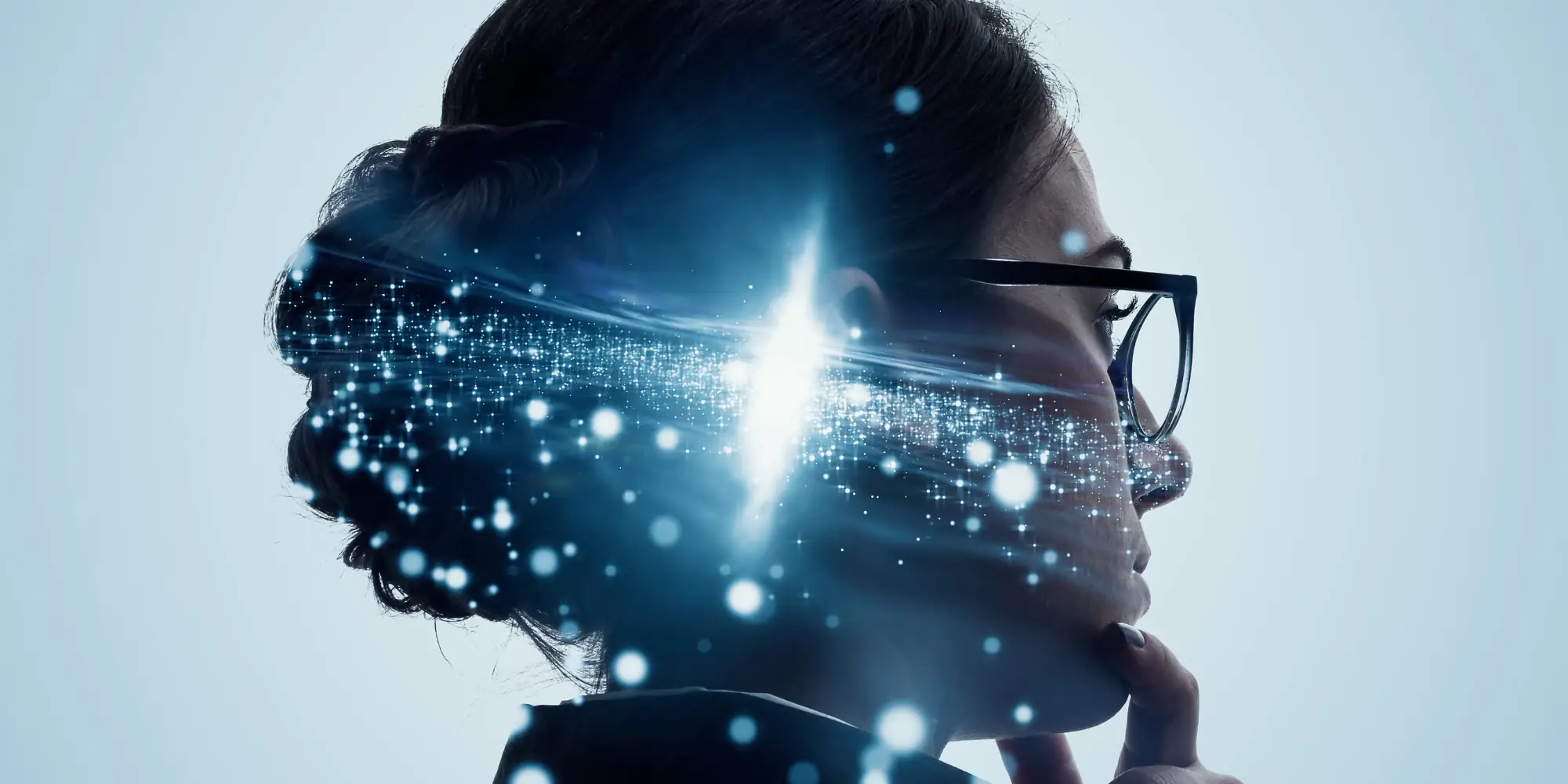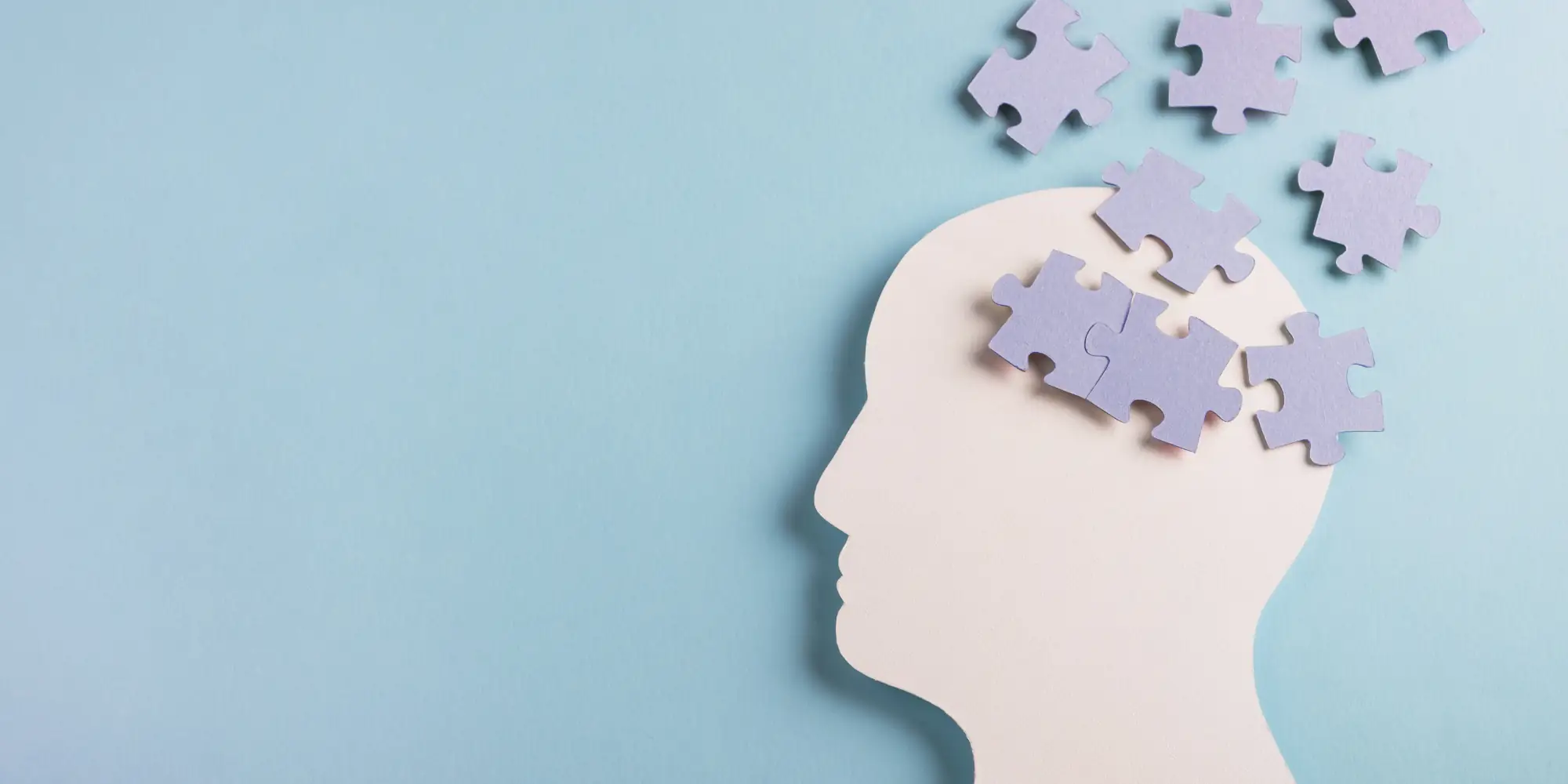Introduction
In today’s digital world, web design is no longer just about aesthetics; it’s about psychology. The way users interact with a website is deeply influenced by cognitive biases, emotions, and behavioural patterns. A well-designed website not only attracts users but also keeps them engaged, leading to better conversions and user satisfaction.
Understanding the psychology behind web design can help businesses create compelling digital experiences that captivate visitors and encourage them to take desired actions. This article explores various psychological principles that can make your website more engaging and user-friendly.

The Role of First Impressions
First impressions are crucial in web design. Research suggests that users form an opinion about a website within 50 milliseconds. This split-second judgment determines whether they will stay or leave. Several factors contribute to a strong first impression, including:
- Visual Appeal: Clean layouts, high-quality images, and a harmonious colour scheme create a positive first impression.
- Loading Speed: Slow-loading websites frustrate users, increasing bounce rates. Optimizing images and utilizing caching can improve performance.
- Clarity and Simplicity: A clutter-free design with a clear purpose reassures users and encourages exploration.
Colour Psychology in Web Design
Colour has a powerful impact on human emotion and behaviour. Understanding this can help businesses unlock the key link between marketing and web design. Different colours evoke different feelings and responses:
- Blue: Associated with trust and professionalism, making it ideal for corporate websites and financial institutions.
- Red: Evokes excitement and urgency, often used in e-commerce to drive impulse purchases.
- Green: Represents nature, health, and relaxation, commonly used by wellness and sustainability brands.
- Black: Conveys luxury and sophistication, suitable for high-end brands.
Choosing the right colour scheme enhances brand identity and influences user perception.
The Psychology of Typography
Typography plays a significant role in web design as it affects readability, engagement, and emotional response. Key considerations include:
- Font Selection: Serif fonts (e.g., Times New Roman) convey tradition and authority, while sans-serif fonts (e.g., Arial) feel modern and clean.
- Readability: Large, legible fonts improve comprehension, especially on mobile devices.
- Spacing and Alignment: Proper spacing between lines and letters improves reading flow, reducing cognitive load.
Strategically using website typography can enhance user experience and retention.
Cognitive Load and Simplicity
The human brain processes information efficiently when it encounters minimal distractions. Websites should aim for cognitive ease by:
- Reducing Clutter: Too many elements on a page overwhelm users, leading to decision fatigue.
- Clear Navigation: An intuitive menu and logical page structure guide users seamlessly.
- Consistent Design Elements: Repeating colours, fonts, and layouts create familiarity and reduce cognitive strain.
A simplified user interface helps users find what they need without frustration. This is especially important for an effective landing page!

The F-Pattern and Visual Hierarchy
Eye-tracking studies reveal that users scan web pages in an F-pattern, focusing on the top-left corner before moving down. To optimize content placement:
- Prioritize Important Information: Place key messages and CTAs in the top left.
- Use Headings and Bullet Points: These break up text and improve readability.
- Incorporate Visual Cues: Arrows, images, and contrasting colours direct attention to key areas.
By aligning with natural reading patterns, websites can enhance engagement and retention.
The Power of Social Proof
People tend to follow the actions of others, a principle known as social proof. Websites can leverage this psychological concept through:
- Testimonials and Reviews: Positive feedback from real users builds credibility, for example you can leverage Google Reviews.
- Case Studies and Success Stories: Demonstrating real-world results instills trust.
- User-Generated Content: Encouraging customers to share experiences increases authenticity.
- Trust Badges: Logos of reputable brands and security certifications reassure visitors. Don’t underestimate the power of your website security.
Social proof reduces uncertainty and persuades users to take action. Creating quality social media posts and strengthening your online presence can help social proof for your brand as well!
The Principle of Reciprocity
Reciprocity is a psychological trigger where people feel obliged to return favours. Websites can use this to their advantage by offering:
- Free Resources: E-books, templates, and guides encourage users to reciprocate with sign-ups or purchases.
- Exclusive Discounts: Providing special offers fosters goodwill.
- Valuable Content: High-quality blog posts and informative videos establish authority and encourage loyalty.
When users feel they are receiving value, they are more likely to engage and convert.
The Scarcity Effect
Scarcity creates a sense of urgency, prompting users to act quickly. This principle is widely used in e-commerce through:
- Limited-Time Offers: Countdown timers and flash sales increase urgency.
- Low Stock Alerts: Showing limited availability encourages immediate purchases.
- Exclusive Access: Highlighting exclusivity makes users feel privileged and compelled to act.
When implemented correctly, you can use scarcity to boost conversions.

User Experience (UX) and Emotional Design
A website should evoke positive emotions to create a lasting connection. Elements of emotional design include:
- Personalization: Tailored recommendations and dynamic content enhance engagement.
- Micro-Interactions: Small animations and feedback elements (e.g., button hover effects) make interactions enjoyable.
- Empathy-Driven Design: Understanding user needs and pain points leads to a more human-centered experience.
A website that resonates emotionally keeps users coming back.
Call-to-Action (CTA) Optimization
Your website needs a strong CTA! A strong call to action drives user action. Effective CTAs are:
- Action-Oriented: Use persuasive language like “Get Started” or “Claim Your Offer.”
- Visually Distinct: Contrasting colours make CTAs stand out.
- Strategically Placed: Position CTAs in high-visibility areas (above the fold, at the end of content, or within engaging sections).
Well-crafted CTAs guide users toward desired outcomes.
Conclusion
The psychology of web design goes beyond aesthetics; it taps into human behaviour, cognition, and emotions to create engaging experiences. By leveraging principles like colour psychology, cognitive ease, social proof, and emotional design, businesses can craft websites that attract, retain, and convert website visitors into customers.
Understanding user psychology allows designers and marketers to create compelling, user-centric websites that leave a lasting impact. Implement these strategies, and you’ll see a significant improvement in user engagement and satisfaction.
Choose us as your professional web designer in Whitby to design a custom fit website for your business! Contact us today or get your free web design quote here.

